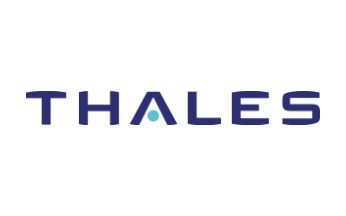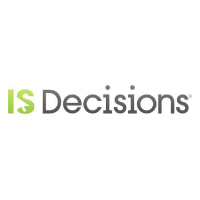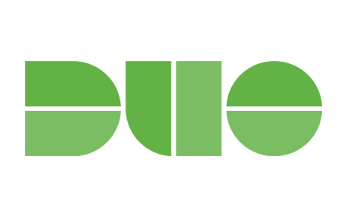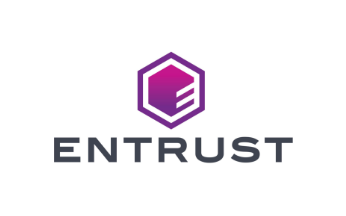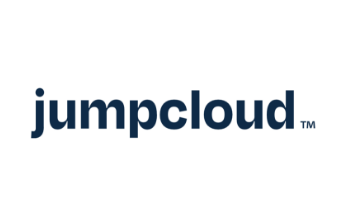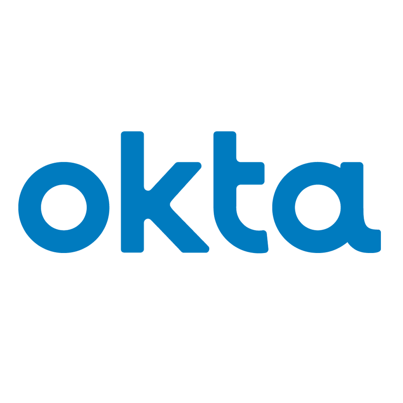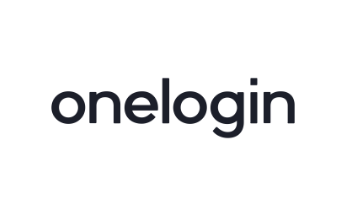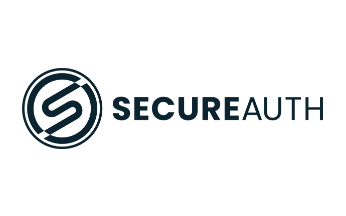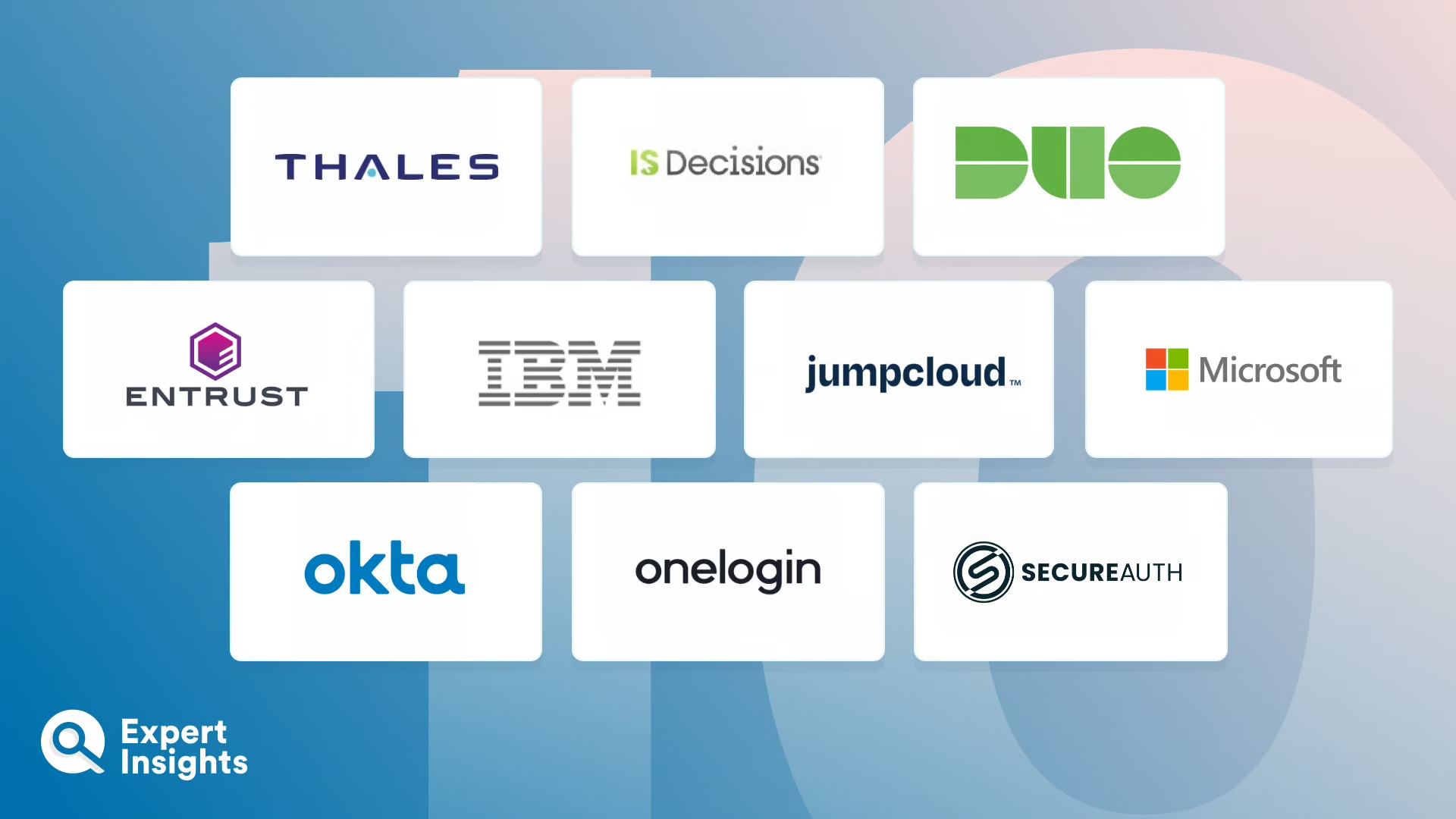User Authentication Solutions: Everything You Need To Know (FAQs)
What Is User Authentication And Why Is It Important?
Put simply, User Authentication covers any form of security system that verifies users identity when logging into accounts. User authentication solutions typically involve implementing multi-factor authentication to ensure users are authorised to access accounts and services, and reduce the risk of a data breach.
Multi-factor authentication requires users to have extra piece of additional knowledge rather than just relying on a password. This is often something simple, such as a pin-code from an authenticator app (something you have) or a fingerprint read (something you are). There are a wide range of authentication methods that can be used for varying levels of security, including biometrics, hardware keys and FIDO authentication tokens which remove the password altogether.
The benefit of adding user authentication is that accounts become much more secure. Passwords can often be easily guessed or stolen, and continuous user authentication means that attackers are far less likely to be able to access an account if they are able to successfully compromise a password in a phishing attack or data breach. Admins can also often configure access policies governing which resources users should have access to, and what level of security control is applied to accounts, to help organizations achieve a Zero Trust security policy.
How Do Authentication Services Work?
User authentication services verify the identity of users when they attempt to access a network, device, application, or resource. This ensures that only authorized users can log-in and access data, helping to reduce the risk of data breach.
There are three factors used in the user authentication process:
- Knowledge factors: Things the user must know to prove their identity – such as a password, PIN, or ID
- Possession factors: Things the user must have to prove their identity, such as a hardware authentication token, smartphone, one-time passcode, or FIDO software token
- Inherence factors: Things the user is which can prove their identity. This includes a broad range of biometric checks, such as fingerprint scans, retina scans, facial recognition, etc.,
User authentication services will use one or more of these factors to ensure that users are who they say they are. In a sliding security scale, passwords are the least secure method of authentication, while combining biometrics with a FIDO-based authentication method is the ‘gold standard for MFA’ according to the US Cybersecurity & Infrastructure agency.
Many modern enterprise authentication services also look at contextual factors in order to detect indicators of account or device compromise. This can include location data to detect ‘superman logins’, time-of-day, and device security.
Best Authentication Service Features
The best features to look for when choosing an authentication service include:
- Supports a range of authentication methods: The best services will support a range of authentication methods, including biometrics, hardware based tokens, FIDO, OTPs, and push notifications.
- User friendly: Services should be user friendly. Authentication apps should be easy to use and allow users to access accounts when they have the required authentication factors.
- Adaptive authentication: Adaptive authentication uses contextual factors, such as device status, location, and time-of-day to enforce additional authentication checks on risky login requests.
- Policy enforcement and alerts: Admins should be able to configure security policies and alerts to govern access and more quickly detect potential account compromise risks.
- Single Sign-On: Many enterprise authentication solutions also enable teams to configure secure single sign-on to further protect account access.
What Is Continuous Authentication?
Continuous authentication is a passive security solution. By this, we mean that it is not actively pushing notifications or sign-in windows – continuous authentication is always at work, behind the scenes.
In order to verify that the correct user is accessing the account, continuous authentication will analyze a user’s activity, and build a baseline picture of normal behavior. If any behavior that does not fit with this picture is detected, the continuous authentication solution can flag this and, where necessary, perform a remediation action.
Continuous authenticators will assess data like browser metadata, time and location of use, and passive liveness detection – this is a way of ensuring that the biometric identification presented is “alive” and not an impression of a valid identifier. When analyzed, these features will result in a score that can illustrate how probable it is that the user is the account owner. Continuous authentication solutions will analyze and interpret:
- IP address
- Known device
- Expected time and location
- Operating system
- Expected action (is a user acting in the way they usually do?)
- Sensitivity of access requested
- Typing patterns and behavior
We spoke to Cristian Tamas from TypingDNA to discuss how typing can be analyzed to enforce continuous authentication. You can read that interview here:
“Continuous Authentication Stands At The Root Of Zero Trust”



